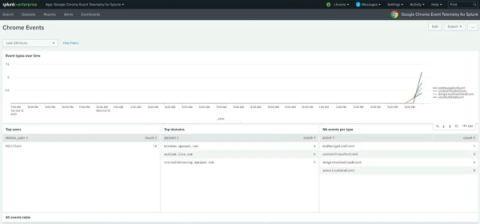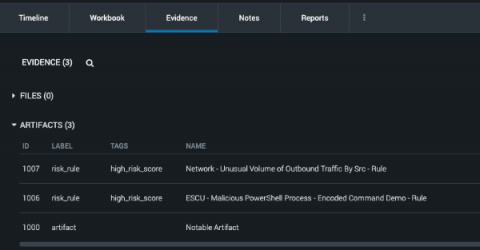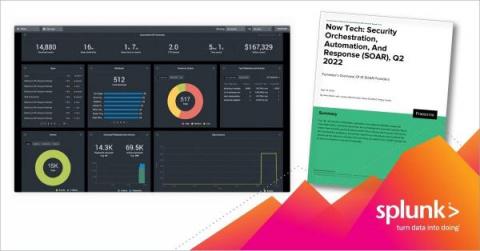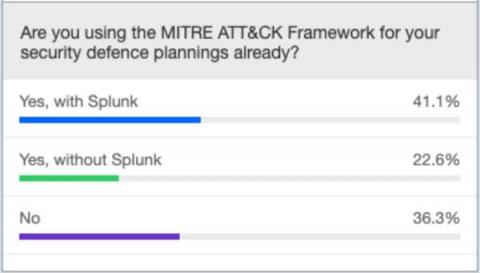Get Extended Security Insights from Chrome Browser with Splunk
The way we work has drastically changed since the start of the pandemic. With more companies adopting remote and hybrid work models, there has been a 600% increase in cybercrime and 65% of organizations have seen a measurable increase in attempted cyberattacks, which is particularly problematic since 78% say remote workers are harder to secure.









